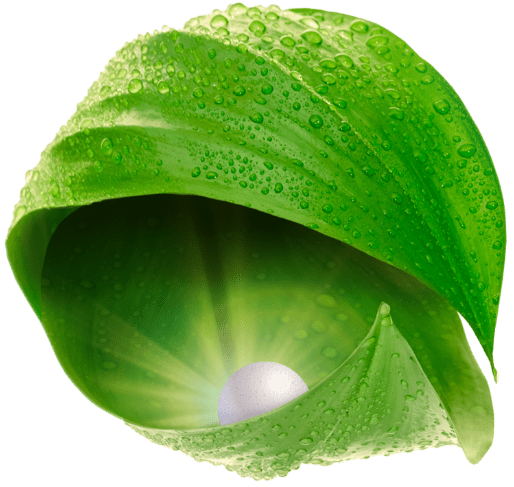
Artichoke
Artichoke (Cynara scolymus)
It is a perennial, herbaceous, cross-pollinating and deep-rooted plant belonging to the family Compositae with its centre of distribution in Algeria. In Greece, artichoke is cultivated in the Peloponnese (Argolida) and in Crete on an area of approximately 25.000 stremma. The edible part is the flower head, while the leaves are used for animal feed. The artichoke is rich in vitamins A, B1, B2, C, folic acid and cynarine, which is known for its choleretic action. The artichoke thrives in areas with a temperate, cool climate and mild winters where temperatures range from 15°C to 18°C. Production begins in autumn and continues until the end of spring/early summer. Artichoke is an adaptable plant but performs significantly better when grown in sandy loam (SL) or clay loam (LS) and well-drained soils. High soil organic matter content helps significantly in ensuring high yields. Basal fertilisation is carried out when the plantation is established, where the use of phosphate and potash fertiliser is recommended. In addition, the use of special nutrient formulations – biostimulants – maximises the genetic potential of the crop, while ensuring that its resistance to abiotic stress is enhanced.




